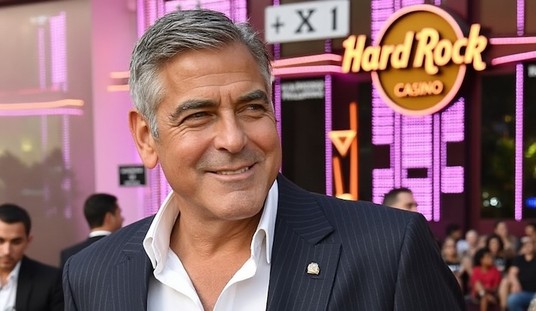The Massachusetts state legislature is considering banning youth tackle football. Called the NO HITS Act, the bill, if passed, will prohibit children in seventh grade and under from participating in organized tackle football. Flag football and touch football will still be allowed under the bill. Violations will come with some pretty hefty fines. The bill warns:
[A]ny school, league or other entity whose purpose is to allow children to participate in football who violates, disobeys, or disregards any term or provision of this chapter, shall be subject to a civil penalty of not more than two thousand dollars for every such violation.
Repeat offenders can be fined upwards of $5,000 for every violation. If a player suffers “harm,” the fine increases to $10,000. Considering the potential cost, schools and organizations, even if kicking and screaming, will undoubtedly comply if the NO Hits Act passes. While I’m not a fan of further government oversight and regulation, I am sympathetic to the bill.
Over the last few years, Chronic traumatic encephalopathy (CTE) has become part of our cultural lexicon. Based on the research, the Concussion Legacy Foundation explains, CTE “is a degenerative brain disease found in athletes, military veterans, and others with a history of repetitive brain trauma.”
On their website, the CLF reminds us that repeated brain trauma frequently brings tragic results:
Early symptoms of CTE usually appear in a patient’s late 20s or 30s, and affect a patient’s mood and behavior. Some common changes seen include impulse control problems, aggression, depression, and paranoia.
As the disease progresses, some patients may experience problems with thinking and memory, including memory loss, confusion, impaired judgment, and eventually progressive dementia. Cognitive symptoms tend to appear later than mood and behavioral symptoms, and generally first appear in a patient’s 40s or 50s. Patients may exhibit one or both symptom clusters. In some cases, symptoms worsen with time (even if the patient suffers no additional head impacts). In other cases, symptoms may be stable for years before worsening.
The CLF argues that children under the age of 14 should not be allowed to play tackle football. In a website devoted to promoting the prohibition of youth tackle football, the CLF breaks down the science. In a nutshell, the head-body size ratio of children, the comparative weakness of the necks of children, and the developmental stage of the brain combine to make sports like tackle football a recipe for serious brain damage later in life for those who participate as a child.
Many parents are already opting out of youth tackle football. For what it’s worth, I believe that’s a good decision. My wife and I decided a few years ago that our children will not be allowed to play tackle football. The larger question, of course, is whether that decision should be left up to the parents or the government. While I agree, in large part, with the NO HITS Act, I am uncomfortable with allowing further government intrusion into the lives of families.









Join the conversation as a VIP Member